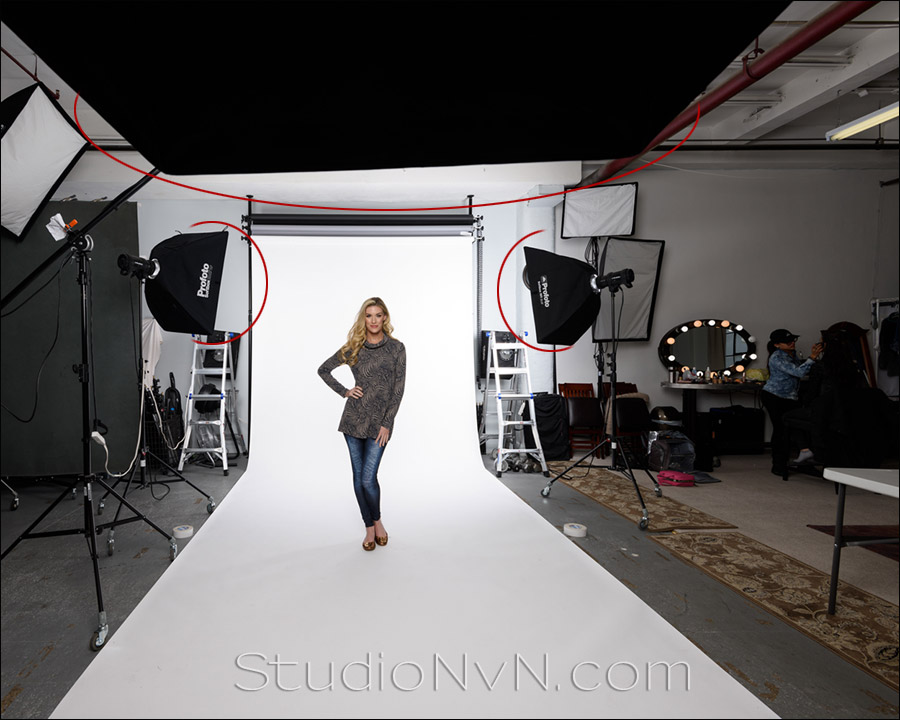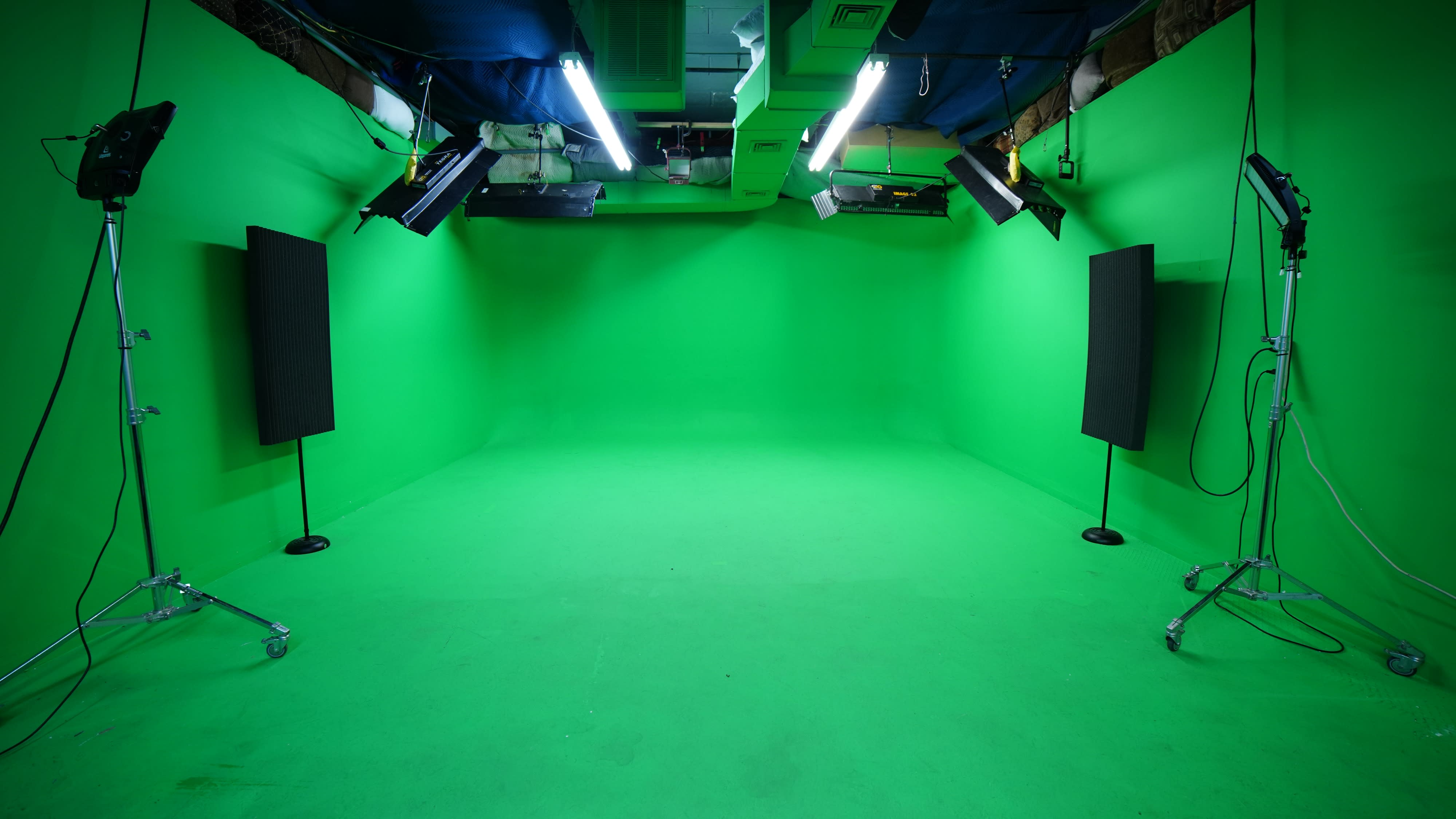About South Walton Art Gallery
Fascination About South Walton Art Gallery
Table of ContentsGet This Report on Grayton Beach Art GalleryHow Alys Beach Art Gallery can Save You Time, Stress, and Money.Grayton Beach Art Gallery for DummiesThe 7-Minute Rule for Studio Photography Vs Outdoor PhotographyFascination About Grayton Beach Art GalleryThings about What Is Studio PhotographyGrayton Beach Art Gallery for DummiesSouth Walton Art Gallery - QuestionsThe 15-Second Trick For What Is Studio Photography
This flash was conveniently manipulated by increasing or reducing the fee times, permitting photographers to control of the period of the flash. The new flash could be set to as short a time as 10 microseconds, permitting photographers to record things a quickly as a bullet in flight. The battery allowed the flash to charge, making Edgerton's strobe light the first multiple-use flash.While strobes really did not become extensively readily available up until the late 70s, Edgerton's strobe light was the structure for the modern technology still utilized today in contemporary studio photography electronic flashes. Electronic Camera Exposure Control With the innovations in illumination and also movie, studio photography required to create a method of shorting direct exposure times, as making use of simply a lens cap or power outage drapes to adjust exposure was no more functional.
The 6-Minute Rule for Sowal Art Gallery
The very first camera flexible shutters enabled in between 1/100th to 1/1000th of a second exposure times. With this development, studio digital photographers quickly understood the need to review the strength of the light. This brought about the birth of the light meter as well as it quickly ended up being an essential device in workshop digital photography.
The essential component of the heliography was a naturally-occurring asphalt known as Bitumen of Judea. The procedure included covering a steel or glass plate with Bitumen that would certainly solidify at various rates, depending upon the exposure to light. As soon as the direct exposure was taken the plate would be washed with lavender oil, leaving only the hard Asphalt that exposed the photo of the items home plate was revealed to.
About What Is Studio Photography
Daguerre generated among very early digital photography's most significant improvements. Called the "Daguerreotype," this method paralleled the exact same principles as the heliography however with a different developing process. The daguerreotype process began with a plate made up of silver-plated copper that had to be specifically brightened by a daguerreotypist.
After direct exposure, a chemical was made use of to stop the plate's level of sensitivity to light. Compared to a heliograph, which truly appeared like an illustration, daguerreotypes created a sharp and really detailed photo. The trouble with the daguerreotype was it needed at least a 30-minute exposure to light to catch an image! The Calotype plate was presented during the 1840s, enabling the manufacturing of negatives that allowed the professional photographers to publish as many copies of an image as needed, strengthening the structure for workshop photography.
Everything about Art Galleries Near Me
This decreased the exposure time from hours down to between two as well as 20 seconds. A bit of studio-photograph facts; the first selfie was made in the 1800s when workshop photographer Robert Cornelius removed the lens cap of his camera, ran as well as rested in the framework for one minute as well as then ran back click the following web page our of the framework to cover the lens.
The earliest photo studio was more than likely that of Nipce as well as workshop digital photography began coming to be commonplace around 1840 because of the development of Daguerreotypes. With people intending to have themselves and enjoyed ones recorded in the new tool, the majority of the early photography workshops focused on portrait digital photography due to its business stability.
The smart Trick of What Is A Photo Shoot That Nobody is Discussing
The Golden Age of Workshop Photography The 1850s were considered the "golden age" of photography in Europe. The common workshop portrait of the time was an official shot utilizing the same stereotyped "picture" position.
While workshop digital photography stayed rather out of reach to those outside the upper class in Europe, studio photographers in the united state were bringing their Yankee resourcefulness to bear. While the European studio digital photographers sought digital photography for art, the Americans sought it for company. Daguerreotypes still had an approximate twenty-minute subject time when the method struck united state
More About Studio Photography Vs Outdoor Photography
 This all altered when Richard Meaddox found the value of making use of jelly in digital photography in 1871. 30a art gallery. Till this time, digital photographers had been using a somewhat upgraded modern technology based on the Calotype created thirty years previously. As a result of the long exposure duration, the Calotype restricted what can and also can not be photographed.
This all altered when Richard Meaddox found the value of making use of jelly in digital photography in 1871. 30a art gallery. Till this time, digital photographers had been using a somewhat upgraded modern technology based on the Calotype created thirty years previously. As a result of the long exposure duration, the Calotype restricted what can and also can not be photographed.A brief time later on, George Eastman, creator of Eastman Kodak, would utilize Meaddox's innovation to develop celluloid rolls that became described as "film." Colour Photography While many musicians tried to hand colour black as well as white photos, the method really did not create realistic images and also never ever really captured on. Due to the absence of sensible colour in, conventional repainted portraits saw a renewal in popularity.
Grayton Beach Art Gallery for Dummies
Chemists didn't really figure out just how to replicate colour on film up until the late 1800s. The Lippmann Technique Several workshop digital photographers remained loyal to the Maxwell approach up until physicist Gabriel Lippmann figured out exactly how to produce the first fixed-colour picture in 1891. The Lippmann technique, later called "interferential" digital photography, is rather made complex, but included capitalizing on standing light waves.
The resulting impact was that colour was tape-recorded on home plate. This discovery was such a critical switching factor for studio digital photographer that Lippmann was granted the Nobel Prize for it in 1908. Due to the fact that the process is so complex, even today the strategy Grayton beach art gallery is neither extensively known neither made use of.
Jonah Allen Studios Fundamentals Explained
This all changed when Richard Meaddox found the relevance of making use of gelatin in photography in 1871. Till this time around, digital photographers had been making use of a slightly updated modern technology based upon the Calotype invented 30 years previously - 30a photo gallery. Due to the long direct exposure period, the Calotype limited what can and might not be photographed.
A brief time later on, George Eastman, owner of Eastman Kodak, would employ Meaddox's technology to develop celluloid rolls that came to be referred to as "film." Colour Photography While lots of artists attempted to hand colour black and white photos, the method really did not create realistic pictures as well as never ever really caught on. Due to the absence of sensible colour in, traditional painted portraits saw a rebirth in appeal.
Getting The South Walton Art Gallery To Work
Chemists didn't in fact find out just how to duplicate colour on film up until the late 1800s. The Lippmann Approach Lots of studio photographers remained loyal to the Maxwell method until physicist Gabriel Lippmann determined just how to develop the first fixed-colour picture in 1891. The Lippmann technique, later on called "interferential" photography, is rather made complex, however involved capitalizing on standing light waves.
 The resulting result was that colour was videotaped on home plate. This exploration was such a pivotal turning point for studio professional photographer that Lippmann was awarded the Nobel Prize for it in 1908. However, since the process is so challenging, even today the method is neither widely known neither used.
The resulting result was that colour was videotaped on home plate. This exploration was such a pivotal turning point for studio professional photographer that Lippmann was awarded the Nobel Prize for it in 1908. However, since the process is so challenging, even today the method is neither widely known neither used.